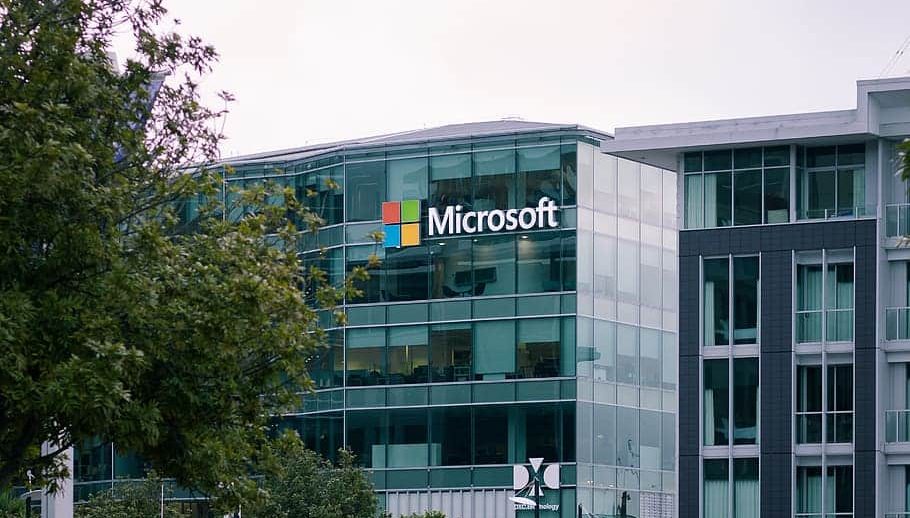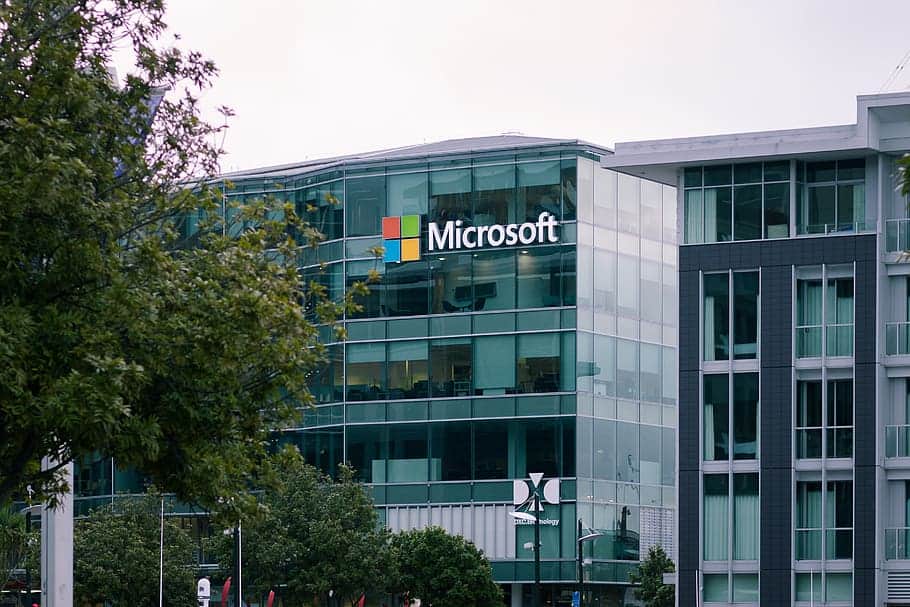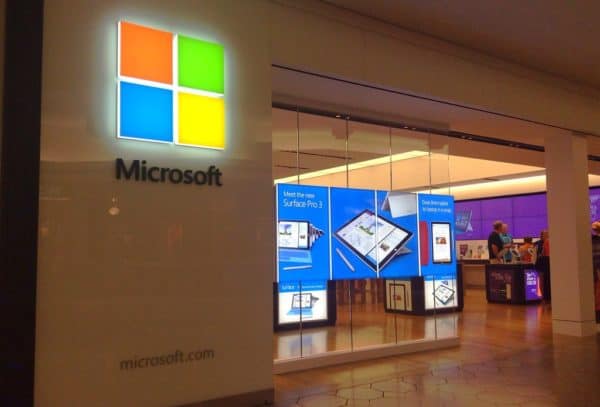
 It’s been a choppy few months for tech stocks including Microsoft (Microsoft Stock Quote, Chart, News NASDAQ:MSFT) which has nonetheless posted impressive gains over 2020. But it’s a case of too much too fast according to Christine Poole of GlobeInvest Capital Management, who thinks investors ought to wait for a better entry price.
It’s been a choppy few months for tech stocks including Microsoft (Microsoft Stock Quote, Chart, News NASDAQ:MSFT) which has nonetheless posted impressive gains over 2020. But it’s a case of too much too fast according to Christine Poole of GlobeInvest Capital Management, who thinks investors ought to wait for a better entry price.
“Microsoft is one of the technology names that we hold in our client portfolios. We like the growth their cloud business, their transition to a recurring revenue stream with Office 365, and many other divisions are doing well,” says Poole, CEO and managing director at GlobeInvest, who spoke on BNN Bloomberg on Thursday.
“I think at this price level I would wait for a pullback, maybe a five per cent pullback to buy it and start building a position. That’s what I’d be doing from new client money,” Poole said. “We definitely think that Microsoft is going to do well long term and we like their positioning in the areas they are in.”
“So, wait for that pullback and start nibbling at it,” Poole said.
Microsoft has been up and down in recent months, hitting an all-time high of $232 per share in early September but mostly trading between $200 and $220 in the weeks and months since.
That choppiness has been market-wide, where investors have had a number of uncertainties to deal with, from the ongoing COVID-19 pandemic and the virtual demolition of entire industries in the airlines and sports and entertainment sectors to the US elections and ongoing trade tensions with China. After a spring and summer that saw the S&P 500 post a rally for the ages, the index is now even for the past three months, while the tech-heavy NASDAQ is now down slightly from its early September peak.
The market more or less greeted Microsoft’s latest quarterly earnings in late October seemingly with a shrug, even as top and bottom lines beat estimates. MSFT’s fiscal first quarter 2020 saw net income climb 30 per cent year-over-year to $13.9 billion on revenue of $37.15 billion, while diluted EPS was $1.82 per share. Analysts had been expecting $1.54 per share on revenue of $35.72 billion.
The company saw growth across its segments where Productivity and Business Processes including Microsoft Office grew by 11 per cent to $12.3 billion, Intelligent Cloud services were up 20 per cent to $13.0 billion and hardware including Xbox and Surface in More Personal Computing was up six per cent to $11.8 billion.
“The next decade of economic performance for every business will be defined by the speed of their digital transformation,” said Satya Nadella, CEO, in a press release. “We are innovating across our full modern tech stack to help our customers in every industry improve time to value, increase agility and reduce costs.”
But it was a muted outlook that seemingly resulted in a blasé market response, as management called for fiscal second quarter revenue between $39.5 and $40.4 billion, a touch below analysts’ consensus average at $40.43 billion.
Microsoft recently released new versions of its Xbox gaming consoles, the Series X and Series S, both with slightly more processing power and better graphics performance and in time for the crucial holiday season.
The new consoles are actually a big deal for Microsoft, according to John Freeman, vice president of equity research at CFRA who spoke on CNBC on October 27. “This platform that’s coming out is the first hardware architecture upgrade in eight years and I think people are really going to be wowed by the changes and improvement in realism and how it’s a much more immersive experience,” Freeman said.
Freeman has given Microsoft a “Strong Buy” rating, with the analyst saying, “My Strong Buy rating is based on fundamentals and the long-term prospects which I think are really improving [for Microsoft]. One of the things we’re seeing is that most of Microsoft’s revenue has gone from traditional to the cloud, which was a headwind to growth but is now a tailwind as those subscription revenues which are spread out over time kick in.”
After the fiscal Q1 numbers came out, Raymond James analyst Robert Majek also reiterated his “Strong Buy” rating on MSFT with a $235 per share price target. Majek said in an update to clients on October 28, “We remain very enthusiastic about the company’s long-term secular growth story as a dominant vendor that is consolidating IT spend and maintaining its strong competitive position as one of three leading hyperscale cloud vendors.”
Wedbush analyst Dan Ives gave an “Outperform” rating to the stock leading into the Q1 release, saying the COVID-inspired work-from-home environment will cause more companies to move to the cloud, thus benefitting Microsoft’s Azure.
“Azure’s cloud momentum is still in its early days of playing out within the company’s massive installed base and the Office 365 transition for both consumer/enterprise is providing growth tailwinds over the next few years,” Ives said.
Leave a Reply
You must be logged in to post a comment.






 Share
Share Tweet
Tweet Share
Share




Comment